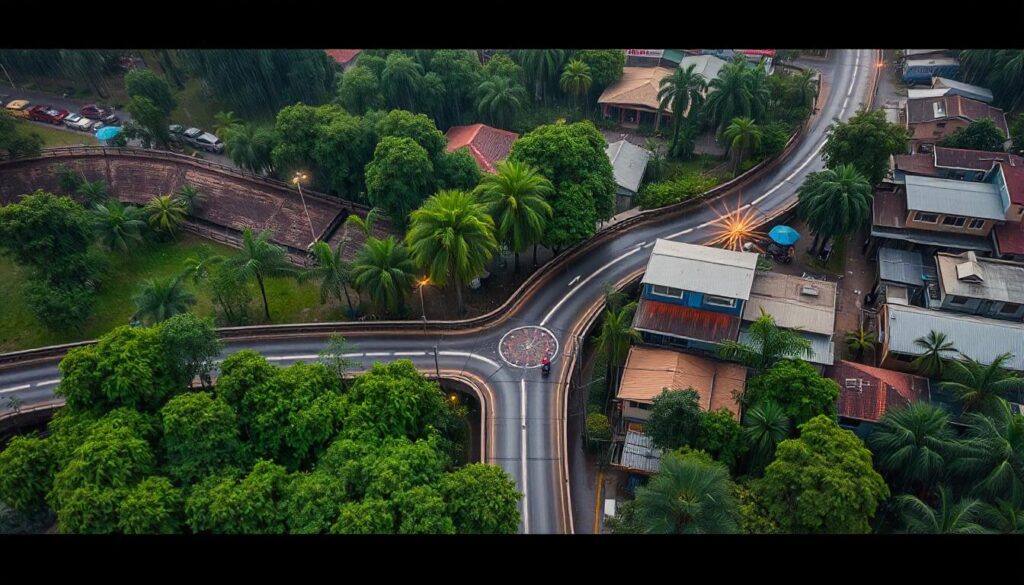The city of Shingar was more than a place; it was a heartbeat, a song woven through centuries of history, a testament to resilience and beauty. Nestled between rugged mountains and ancient trade routes, its streets echoed with the footsteps of poets, merchants, and dreamers. The world watched in sorrow as Shingar fell, its architectural marvels reduced to dust, its vibrant life extinguished in a matter of days. But what does it truly cost to rebuild not just a city, but a legacy?
The Cost of Devastation
Shingar’s destruction was not just physical—it was cultural, emotional, and economic. Entire neighborhoods crumbled, historical landmarks vanished, and thousands were displaced. The financial toll is staggering. Initial assessments estimate that full reconstruction could cost anywhere between $3 billion to $7 billion, depending on the speed, scale, and method of rebuilding. Infrastructure alone—roads, water supply, and electrical grids—demands an investment of over $1.5 billion. Housing for displaced families, estimated at $2 billion, is another colossal undertaking. Then, there is the price of restoring historical sites, which experts believe will require meticulous craftsmanship and funding exceeding $500 million.
Resources and Expertise Needed
Rebuilding Shingar is more than laying bricks and pouring concrete. It requires artisans skilled in reviving lost architectural techniques, engineers designing modern yet culturally respectful structures, and urban planners ensuring sustainability. Stone, timber, and specialized materials must be sourced ethically and efficiently. Skilled labor alone is expected to cost $800 million, as local workers and international specialists collaborate to breathe life back into the city.
According to Dr. Hameed Reza, a structural engineer, “Reconstruction is not just about physical rebuilding. It’s about preserving identity while ensuring resilience against future catastrophes. Every brick, every arch, must honor Shingar’s past while securing its future.”
Funding the Dream
The question remains—who will finance this monumental effort? Governments, global aid organizations, and philanthropists have pledged support, but the funding gap is immense. The Shingar Reconstruction Fund, launched by international coalitions, has raised nearly $1.2 billion, but much more is needed. Public-private partnerships, crowdfunding campaigns, and grants from cultural preservation societies are being explored.
Local activist Sadaf Mirza emphasizes, “This is not just about a city. It’s about a people, a heritage, a soul that refuses to be erased. The world must not look away.”
A Call to Action
Rebuilding Shingar is not a question of feasibility, but of willpower. The cost is immense, but the price of inaction is even greater. Every dollar donated, every hand that lifts a stone, is a step toward resurrecting a legacy that must not be lost to history. The world once admired Shingar for its beauty—now, it must rally to restore its spirit.
Conclusion
Shingar’s story is one of endurance, of a city that refuses to be forgotten. The challenge ahead is formidable, but history has shown that resilience can triumph over ruin. The cost of rebuilding is high, but the cost of abandoning Shingar is immeasurable. As the world watches, it must also act—because preserving the past is the foundation of the future.


